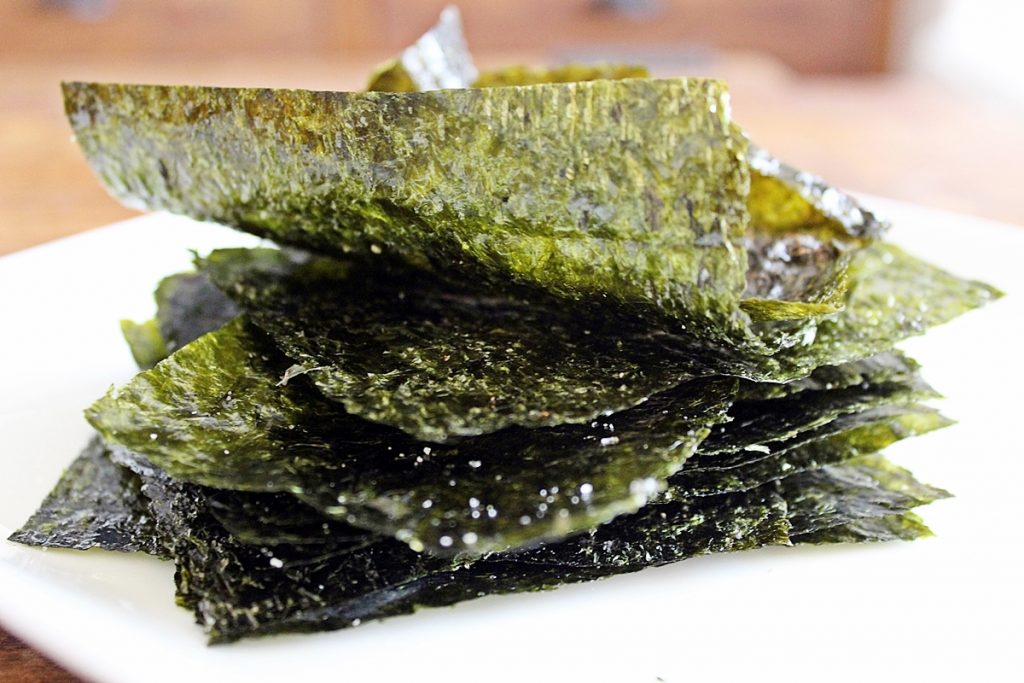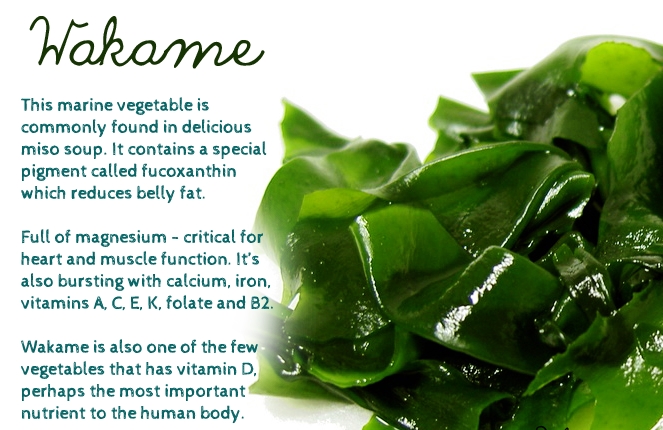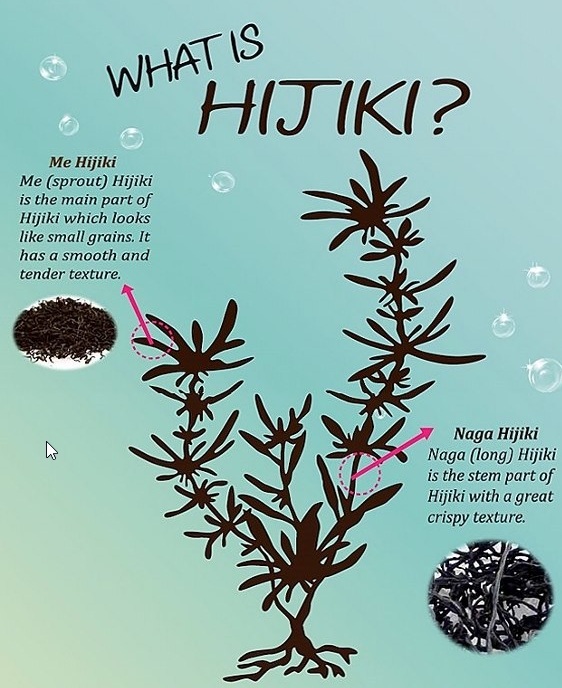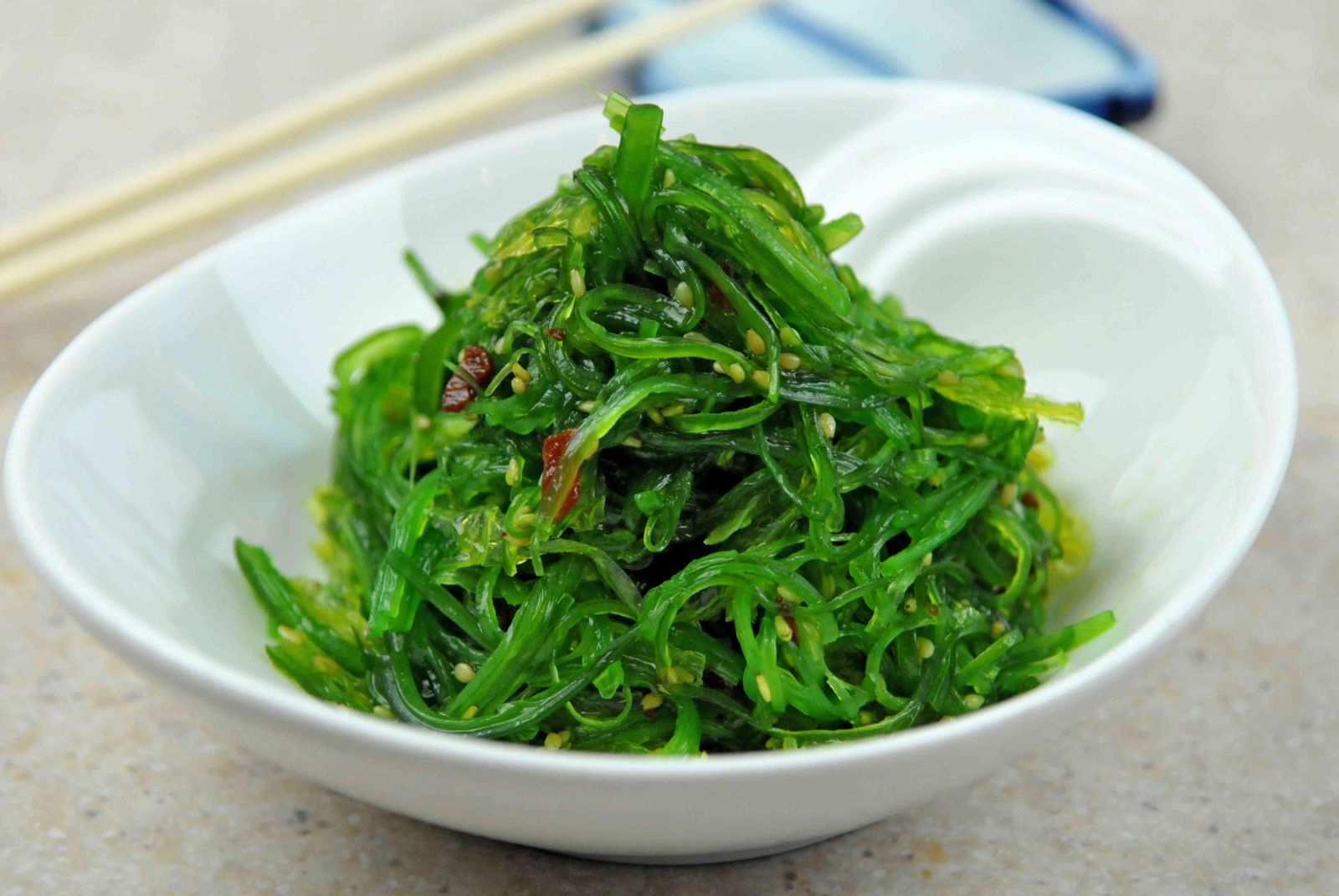Seaweed is as the name suggests is edible algae of various species that grows in the ocean. Seaweed is very rich in nutrients, especially dietary fiber and is widely used in East Asian cuisines especially in Japan, Chinese, and South Korea.
From ancient times seaweed has been considered a delicacy suitable for honored guests and royalty. Japan has made it into an art form, employing over twenty different species of seaweeds. In Japanese restaurant, you’re most likely to find seaweed wrapped around a sushi roll, in kelp (kombu) salad, or simmered into miso soup. It also comes in the form of dried, crispy snack that you can consume without guilt.
Here are some of the most popular kinds of edible seaweed that you need to know:
- Nori or laver
 This is probably the most familiar seaweeds exist. It is usually used in sushi rolls or kimbab (Korean rice roll). Even though the color is usually dark green or black, Nori is the Japanese term for various edible seaweed species of red algae. Nowadays you also can find Nori in dried, ready-to-eat packs for snacking.
This is probably the most familiar seaweeds exist. It is usually used in sushi rolls or kimbab (Korean rice roll). Even though the color is usually dark green or black, Nori is the Japanese term for various edible seaweed species of red algae. Nowadays you also can find Nori in dried, ready-to-eat packs for snacking. - Kombu or kelp
Kombu is edible large seaweed that actually belongs to brown algae family. Over 90% of it is cultivated and harvested in Japan. It’s usually used in Japanese cuisine, particularly for dashi, which is a soup stock used to make miso soup. - Wakame
 This kind of seaweed is closely related to Kombu. Recently, researches in Japan found a compound in wakeme that appears to show promise in the fight against obesity. With its reen color and delicate flavor, wakame is great in soups and salads.
This kind of seaweed is closely related to Kombu. Recently, researches in Japan found a compound in wakeme that appears to show promise in the fight against obesity. With its reen color and delicate flavor, wakame is great in soups and salads. - Hijiki
 Packed with a lot of fiber and minerals, hijiki is also a natural health and beauty aid. It helps to prevent anemia, aids in relaxation and stress release, and helps to balance insulin and glucose levels. But you need to remember that this kind of seaweed also contains inorganic arsenic, which is technically toxic. Consume it in moderation.
Packed with a lot of fiber and minerals, hijiki is also a natural health and beauty aid. It helps to prevent anemia, aids in relaxation and stress release, and helps to balance insulin and glucose levels. But you need to remember that this kind of seaweed also contains inorganic arsenic, which is technically toxic. Consume it in moderation.
Now, let’s discuss few facts about seaweed benefits for our health.
Weight loss. Alginate, the natural fiber found in some types of seaweed, might help digestion and reduce fat absorption. This fiber also helps you to feel full faster and prevents overeating. It means that by adding seaweed in your daily diet could help you lose some pound and lower unhealthy cholesterol levels in the blood.
Great source of iodine. Consuming healthy levels of iodine is important to maintain a healthy thyroid—a gland in your neck which helps produces and regulates hormones. One gram of brown seaweed contains roughly five to 50 times the recommended daily intake of iodine, while red and green varieties provide slightly less.
Keep your teeth and bones strong. Adding seaweed to your diet also helps you modestly boost your intake of calcium. Both kelp and wakame contain around 60 milligrams of calcium, or 6 percent of your daily calcium requirements.
It gives you more energy. Seaweed contains iron, which helps you produce energy needed to fuel your day-to-day activities. Iron also helps nourish your circulatory system to improve blood flow to your tissues. A cup of kelp or wakame seaweed offers 1.1 or 0.8 milligram of iron, respectively, while each tablespoon of dried spirulina provides 2 milligrams of the mineral.
Healthy fats. Seaweed provides omega-3 fatty acids which helps to raise healthy HDL cholesterol levels and lowering harmful LDL cholesterol levels. These fatty acids also help reduce inflammation in the body.
There are several ways to add seaweed to your regular diet. You can add nori to a wrap or tuck them inside a sandwich. You can also cut them into small strips and toss into a salad or soup. Purchase dried brown or green kelp seaweed strips and add them to breads, pizzas, and potatoes. You can also make seaweed chips by drizzling olive oil onto fresh seaweed pieces and baking until crisp.






